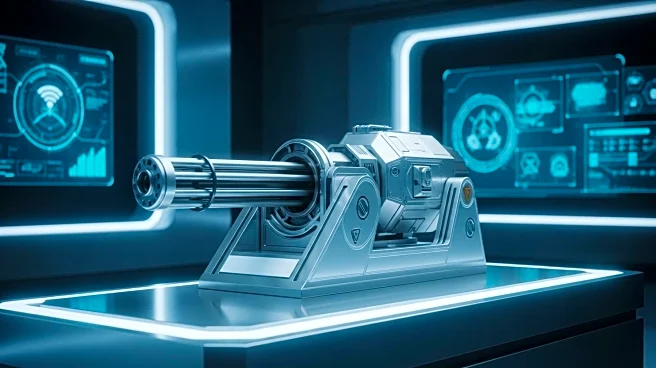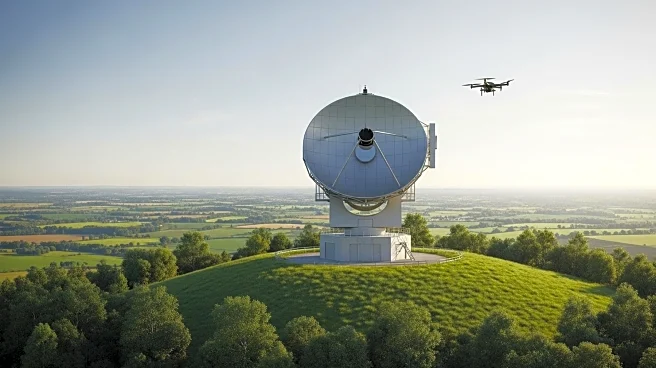What is the story about?
What's Happening?
The ITER Collaboration has announced a significant milestone in the development of the world's largest fusion reactor. Over 5,500 superconducting wire samples have successfully passed rigorous testing, validating their quality for use in the reactor's core. These wires are crucial for the central magnet, which confines superhot plasma necessary for inducing fusion reactions. The tests, conducted by researchers at Durham University, involved subjecting the wires to extreme conditions, including temperatures up to 1,200 degrees Fahrenheit. This achievement is part of ITER's broader effort to demonstrate the viability of nuclear fusion as a sustainable energy source. The reactor, located in southern France, is expected to begin operations in 2034, with fusion experiments starting by 2039.
Why It's Important?
This development is pivotal for the future of energy production, as nuclear fusion offers a potential alternative to fossil fuels with minimal environmental impact. The successful testing of these superconducting wires is a critical step towards realizing a fusion reactor capable of producing vast amounts of energy. If successful, ITER could revolutionize energy generation, providing a cleaner and more sustainable solution to meet global energy demands. The project's progress also highlights the importance of international collaboration in tackling complex scientific challenges. The successful implementation of fusion technology could significantly reduce reliance on fossil fuels, contributing to global efforts to combat climate change.
What's Next?
As ITER progresses towards its operational phase, the focus will shift to completing the construction of the reactor and preparing for the initial fusion experiments. The collaboration will continue to refine the reactor's components and systems to ensure they can withstand the extreme conditions of fusion reactions. Stakeholders will closely monitor the project's advancements, as its success could influence energy policies and investments worldwide. The next major milestone will be the commencement of deuterium-tritium fusion experiments, which will be crucial in demonstrating the reactor's capability to produce energy sustainably.
AI Generated Content
Do you find this article useful?















